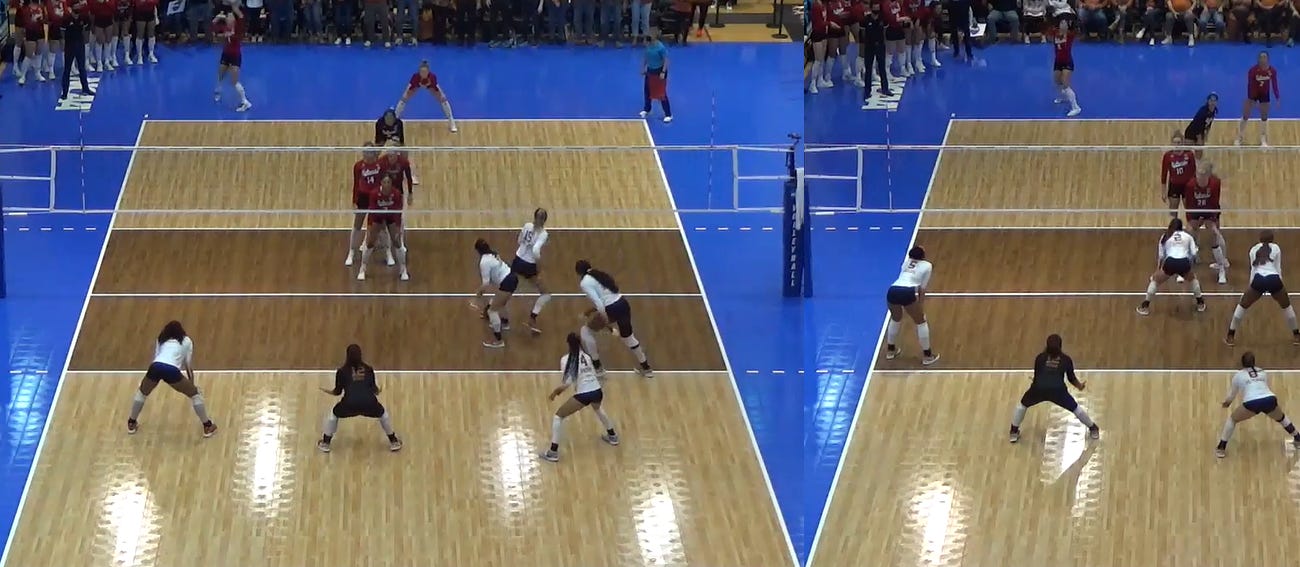This spring I took a detour from my usual analytic-heavy content on SmarterVolley to focus on more qualitative aspects of coaching. To make sure I still got you all your fix of stats I launched the $7 Study feature where once a month I include some statistical research I’ve done. The goal is to give you a concise summary with a couple clear takeaways that you can digest in 10 minutes or less.
It’s also my pitch to you free subscribers! Hey, I put out a lot of content, and a lot of it is for free. If you’re a free subscriber and you read everything I put out and listen to all my podcast appearances, etc, you’ll pretty much get a feel for my way of approaching the game. But, if you’re busy and want to get right to some core takeaways, you’ll like these $7 Studies. In 10 minutes or less you’ll get at least one clear takeaway for your team, supported by evidence.
Previous $7 Studies include:
February: What attack patterns are most effective?
March: How effective are the blockers at each position?
April: How do setting choices affect opponent transition efficiency?
May: How does Make Them Play correlate to winning?
June: Does serve location influence where passers pass? (see below)
July: Do setters influence where passers pass? (see below)
I got a little sidetracked with the move to Korea, so I had 2 of these unfinished studies dangling out there. Here they are, along with some analysis. I’ll have another small study for you at the end of August.
Where Do Passers Pass?
I like serving Zone 1. Serving tactics get more advanced1 as the level of play gets higher, because your opponents are more capable. But when I work with juniors teams, my default is Serve Zone 1 unless they give us a reason not to. That reason could be that the libero is in Zone 1, although, let’s face it, plenty of liberos are viable serving targets in juniors volleyball as well.
I get really deep into serving in this 2-part article series:
Everything You Ever Wanted To Know About Serve Zones (Part 1)
Note: This post got so long I had to split it into 2 parts as it went over the Substack email length limits. Here’s Part 2. A poster in a recent Volleytalk thread asked: I remember seeing a stat diagram about SO% based on where the server stands behind the end line. I remember down the line being the lowest S/O% for the receiving team and a player servin…
I go into a lot of detail about the interaction between serve start zones and end zones. Check that out for more info.
But a simple hypothesis is: it seems like passers tend to leave the ball on their side of the court. And then, by extension, if you serve zone 1 more often, you’ll get more passes into zone 2. Which leads to the final conclusion of, it’s harder for juniors setters to set the left side off a serve to zone 1 because it leads to more passes to zone 2 and the left side attacker is usually the best attacker in juniors volleyball.
So, is it true?
Keep reading with a 7-day free trial
Subscribe to Smarter Volley by Joe Trinsey to keep reading this post and get 7 days of free access to the full post archives.



